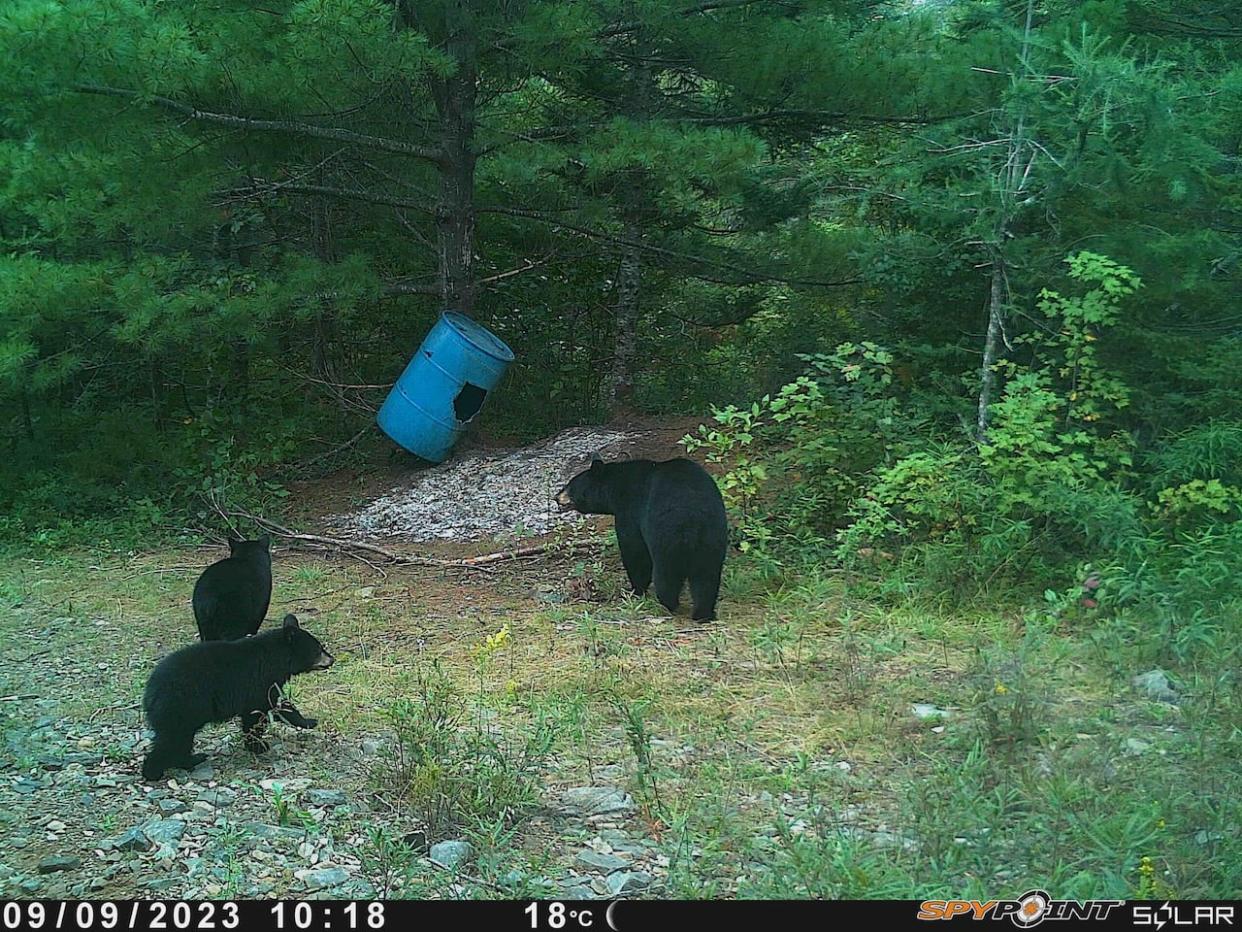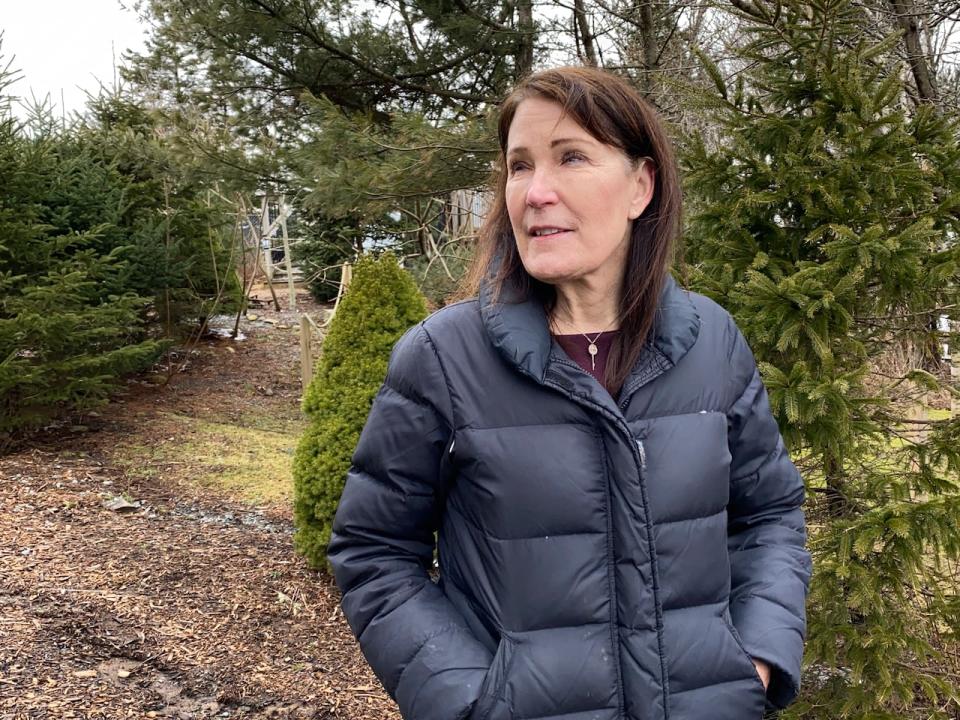Research into habitats, diet could allow bear cub rehabilitation by next spring

A provincial wildlife official says his department is hopeful new research into where bears live in Nova Scotia will guide how to rehabilitate orphaned cubs.
The Department of Natural Resources and Renewables has been working with Acadia University to learn more about the animals for the last two years.
But researchers from the university in Wolfville, N.S., will officially start tracking the animals this summer. That information will be key in identifying where bears can be released and have the greatest chance of survival.
"Fundamentally rehabilitating a bear cub is a bit different than rehabilitating a raccoon just because of the potential risk to the public post-release, and we don't want to create more nuisance bears," said Andrew Boyne, the department's director of wildlife.
"We want to make sure that we're releasing bears in parts of the province where they're not going to interact negatively with humans, but also in places where there's sufficient habitat where multiple bears can successfully coexist."
Bear cub rehabilitation has been a controversial subject in Nova Scotia, most notably after an orphaned black bear cub was taken from Hope for Wildlife, an animal rehabilitation centre in Seaforth, N.S., and euthanized in 2020.
Soon after, Hope for Wildlife submitted a proposal to the provincial government asking permission to rehabilitate orphaned cubs. It was denied the following year.
Boyne said it's rare that the province has to deal with orphaned bear cubs. A spokesperson with the department said it looks at all options when bear cubs are orphaned since many can survive on their own. Two have been euthanized since 2008.
He said the department has been committed to working with local rehabilitation groups in the province to create new protocols. He said the department could start issuing permits by next spring.

Hope Swinimer is the founder and operator of Hope for Wildlife, an animal sanctuary in Seaforth, N.S. (David Laughlin/CBC)
Hope Swinimer, the founder and operator of Hope for Wildlife, said she would like to have the opportunity to rehabilitate bear cubs.
"We feel, as everybody knows, we've been more than ready and able and we have lots of good science behind us and we have lots of people that have a lot of experience in black bear rehab to help us along," Swinimer said.
Swinimer said she has been in talks with the department about the future of cub rehabilitation.
"It's really quite easy to rehabilitate and keep them wild. It's all about giving them the proper nutrition, the proper medical care, giving them the enrichment and the stimulation that they need."
There has also been a push for more information about Nova Scotia's bear population, most recently following the province's decision to not go ahead with a spring bear hunt.
This new research could also inform future bear hunts, Boyne said, but there are no plans "to revisit that in the near future."
How the research will work
Biology professor and lead researcher Mark Mallory said this research was prompted two years ago when the province started looking at ways to rehabilitate cubs.
He said the first two years have been spent collecting and analyzing information about how other jurisdictions around North America handle rehabilitation, but now it's time to move forward.
Researchers have already started collecting and dissecting bear scat to determine what they eat, and they will soon start tracking the animals using satellite collars — what Mallory calls the most exciting part of the project.
"Every time we track animals ... we get something we didn't expect to find before, and it opens up our ability to interpret what they're doing," Mallory told CBC Radio's Information Morning Halifax.
Mallory said the collars will be placed on nuisance bears that need to be relocated, at the discretion of the province. They will be trapped, sedated and then the collar, which has a small transmitter on it, will be placed around the animal's neck.
He said researchers will be working with 11 collars this summer, but they have yet to collar one.
Mallory said the collars will provide the researchers with a reading of where the bear is each day for up to two years. This will allow them to determine what the bear's home range is, how it moves and what type of habitat it's in.
"We can start to get some of the really key information we need on what habitats they prefer and use at what time of the year just from tracking these bears," he said.
Mallory said while the research is set to continue over the next two years, he'd like it to be extended to at least five years.
"As our climate is changing and as we move into new environments and adjust landscapes, wildlife is always reacting to that and changing," he said.
MORE TOP STORIES


